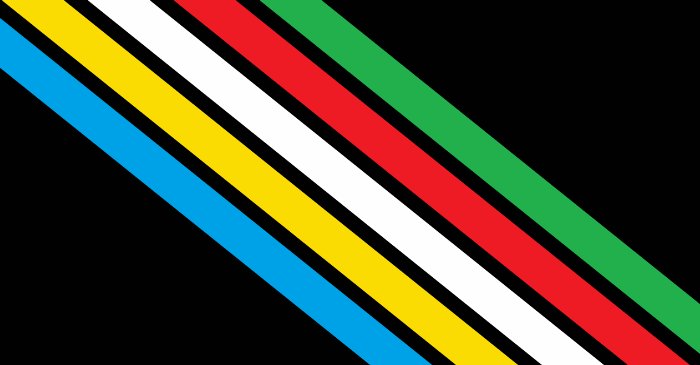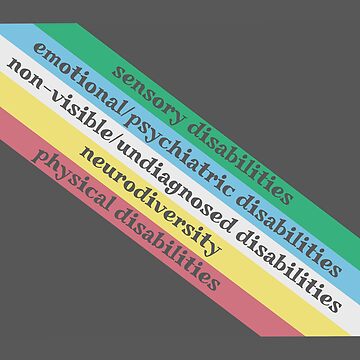
“July is recognized as Disability Pride Month. This annual celebration of differing abilities connects back to the passing of the Americans with Disabilities Act (ADA), the landmark ruling that prohibits discrimination against people with disabilities. Many years passed before a much-needed disability pride flag was created. Need help decoding the inclusive design? Here’s what the disability pride flag represents…” [5]
“Disability pride is about accepting and honoring each person’s uniqueness and seeing it as a natural and beautiful part of human diversity.
The Americans with Disabilities Act was signed into law by President George H.W. Bush on July 26, 1990. This landmark law prohibits discrimination against people with disabilities. Disability Pride initially started as a day of celebration on that year. The first official celebration of Disability Pride Month occurred in July 2015, which also marked the 25th anniversary of the ADA.” [1]
“According to the CDC, one in four people across all ages, races, ethnicities, genders, sexualities and religions have a disability, making the community the largest minority group in the U.S. Still, society holds many negative assumptions about disabilities and the people who have them.
Flags can raise awareness and are a symbol of solidarity, pride and acceptance — LGBTQ+ flags for various sexualities and the Juneteenth flag are good examples. In the same vein, “it’s crucial to let others with disabilities know that they can be proud of who they are,” Jordan LeVan, founder of The Apraxia Foundation, says. “When we’re able to accept ourselves, we can then move on to disability pride, which the flag is a symbol of.” [4]

“The original disability pride flag, created by Ann Magill in 2019, underwent a makeover by Magill for accessibility purposes in 2021. They altered the original zigzagged design because it worsened symptoms for individuals with visually triggered disabilities, including seizure and migraine disorders. Magill’s updated design features muted colors and a straight diagonal band from the top left to the bottom right corner.
The original flag’s zigzags represented how disabled people creatively navigate barriers. On the improved flag, the parallel stripes stand for intracommunal solidarity.” [2]
“The charcoal gray background commemorates and mourns disabled people who have died due to ableism, violence, negligence, suicide, rebellion, illness and eugenics. The gray background also represents rage and protest against the mistreatment of the disabled community.
The diagonal band is for “cutting across” the walls and barriers that separate disabled people from society. It also represents the light and creativity of the disability community that cuts through the darkness of ableism.” [3]

The stripes represent different disabilities:
- green is for sensory disabilities, including the blind, deaf, and deaf-blind communities;
- blue represents emotional and psychiatric disabilities;
- white stands for non-apparent and undiagnosed disabilities;
- gold is for neurodivergence;
- and red represents physical disabilities.” [3]

The disability pride flag is an outward symbol of the identity, resilience, and capacity of the disability community. Consider flying or displaying the disability pride flag at your faith institution this Disability Pride Month as a symbol of solidarity with your disabled constituents.
Resources
[1] https://www.weinberg.cuimc.columbia.edu/news/history-disability-pride-flag
[2] https://www.respectability.org/2022/07/disability-pride-flag/
[4] https://money.yahoo.com/heres-why-disability-pride-flag-225200885.html
[5] https://www.ameridisability.com/heres-what-the-disability-pride-flag-represents/
